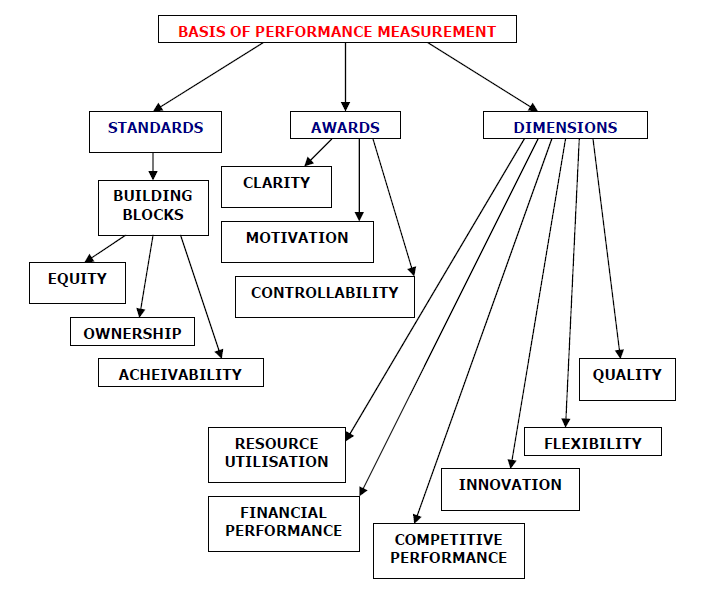Benchmarking involves comparison of one firm’s processes with that of other firm while reengineering is concerned with redesign of operational processes. Benchmarking involves thorough research into the best practices followed by other organisations in the industry where the company operates and it helps in breaking down the organisations’ activities down to process operations and modifies them to the best-in-class for a particular operation.
The word benchmarking has been derived from the set of activities used by cobblers to mark the size of the foot of their customers. For measuring the size of the foot they used to ask the customer to put their foot on the “bench” so that they can “mark” the foot using a pen.… Read the rest


